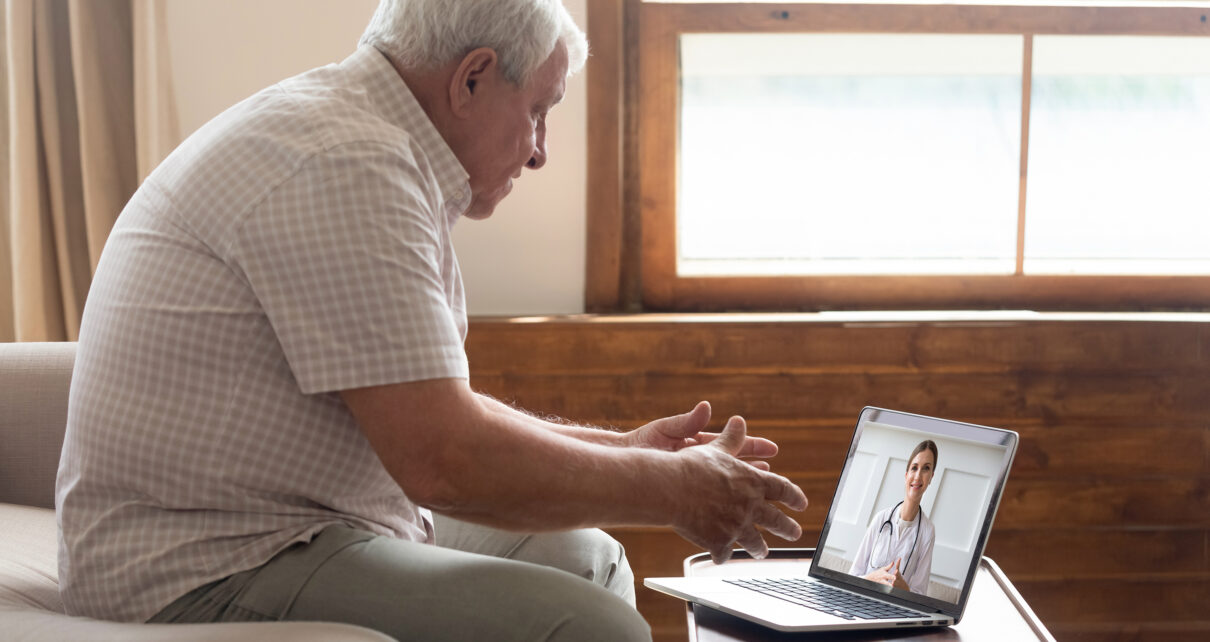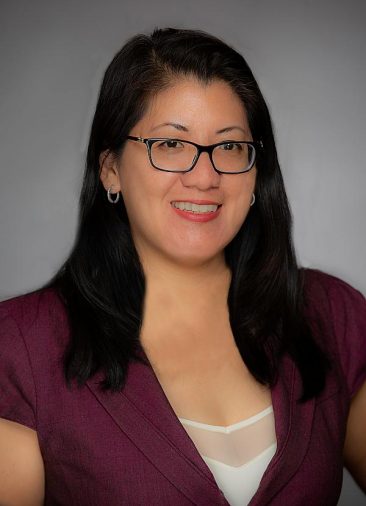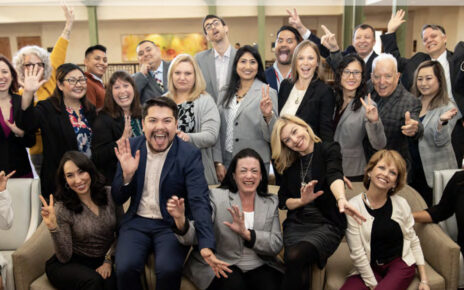The Center for Connected Health Policy is a nonprofit, nonpartisan organization in Sacramento working to maximize telehealth as a tool to improve health equity in California. It is a program under the Public Health Institute. We sat down with Executive Director Mei Kwong to talk about the importance of telehealth during and beyond COVID-19 and what needs to happen to protect its future.
Why was CCHP established?
What are some of the biggest ways you feel COVID-19 has impacted telehealth?
I think the biggest thing is that more people know about it. The pandemic helped familiarize many, particularly older adults with telehealth.
How do you feel like the pandemic altered older adults relationship with telehealth?
It helps facilitate their comfort level with it. For example, my mother has multiple health conditions. When the pandemic hit, some of her regular checkups were moved to telehealth since she’s in a very vulnerable population. She was skeptical at first, but she quickly adapted to the virtual visits and enjoyed not having a commute to the doctor’s office. For at risk-individuals like my mother, telehealth became a safer way of receiving care during the pandemic, because it’s a more accurate viewpoint of how she lives her day-to-day life.
Why do you feel that it’s vital for telehealth to remain part of the healthcare delivery system?
It’s an access issue for many people, especially those living in rural communities. Some people might say well, if I have to drive six hours from my mountain community to the clinic, or I have transportation issues, I’ll put it off a month or I’ll put it off until I have time. Telehealth helps facilitate visits that may have otherwise been postponed or not happen at all.
Low income and rural communities may have access to primary care services, but what if they need to access a specialist? Specialists are usually concentrated in big cities, so there are a lot of communities that do not receive the care they require. Telehealth makes it easier to schedule regular visits and improves accessibility to specialists, which is why it’s crucial to retain telehealth as a healthcare delivery tool.
How is the Telehealth Coalition working to preserve the positive changes made to telehealth during the pandemic?
CCHP convenes the Coalition, and the Coalition has taken on a stronger advocacy role to preserve telehealth advancements. Since CCHP is a primarily grant-funded organization, we do not lobby but our coalition members do. Coalition members are seeking to maintain temporary policies, including audio-only telehealth for patients that lack access to audio-visual platforms and broadband. We need to keep these flexibilities in place. Broadband is a long-term infrastructure issue that’s going to take a while to solve, so what do you do in the meantime? We don’t want to limit access points to healthcare services.
What do you feel needs to happen at the national/state level to uphold these changes?
The major barriers on the federal level are the restrictions both geographically and by site location as to where telehealth can take place if Medicare is going to cover it. Geographically, the way they have it defined, about 98 percent of California would not qualify for coverage.
The federal government needs to expand locations, and also who’s allowed to provide the service. One of the groups that are ineligible to provide services via telehealth in Medicare are federally qualified health centers that provide a lot of the primary care services. They are allowed temporarily to use telehealth during the pandemic, but once the public health emergency is declared over, if nothing’s changed, that rolls back, and people can’t get those primary care services anymore.
Where can people go to learn more about the Telehealth Coalition and learn more about telehealth resources?
People can go to the CCHP website at cchpca.org – we have a page there for the Telehealth Coalition. Anybody is welcome to become a member. I believe we’re all working for the same cause, which is to expand access to critical services to California’s most vulnerable populations. So the more people working together on that, the better.


 The Center for Connected Health Policy was established to focus on California’s telehealth policy, but has been evolving from these beginnings and is now the federally designated national telehealth policy resource center. However, we still maintain a significant California focus given our presence and history in the state. One of the first things we did was look at updating California’s telehealth policy both on the statutory level and within Medicaid and came up with model legislations and recommendations. That report gained a lot of attention and interest from members of the legislature. One member took some of the major recommendations, used our model language and introduced the bill, which
The Center for Connected Health Policy was established to focus on California’s telehealth policy, but has been evolving from these beginnings and is now the federally designated national telehealth policy resource center. However, we still maintain a significant California focus given our presence and history in the state. One of the first things we did was look at updating California’s telehealth policy both on the statutory level and within Medicaid and came up with model legislations and recommendations. That report gained a lot of attention and interest from members of the legislature. One member took some of the major recommendations, used our model language and introduced the bill, which 

